5. The Woman in Red (1984) – dir. Gene Wilder
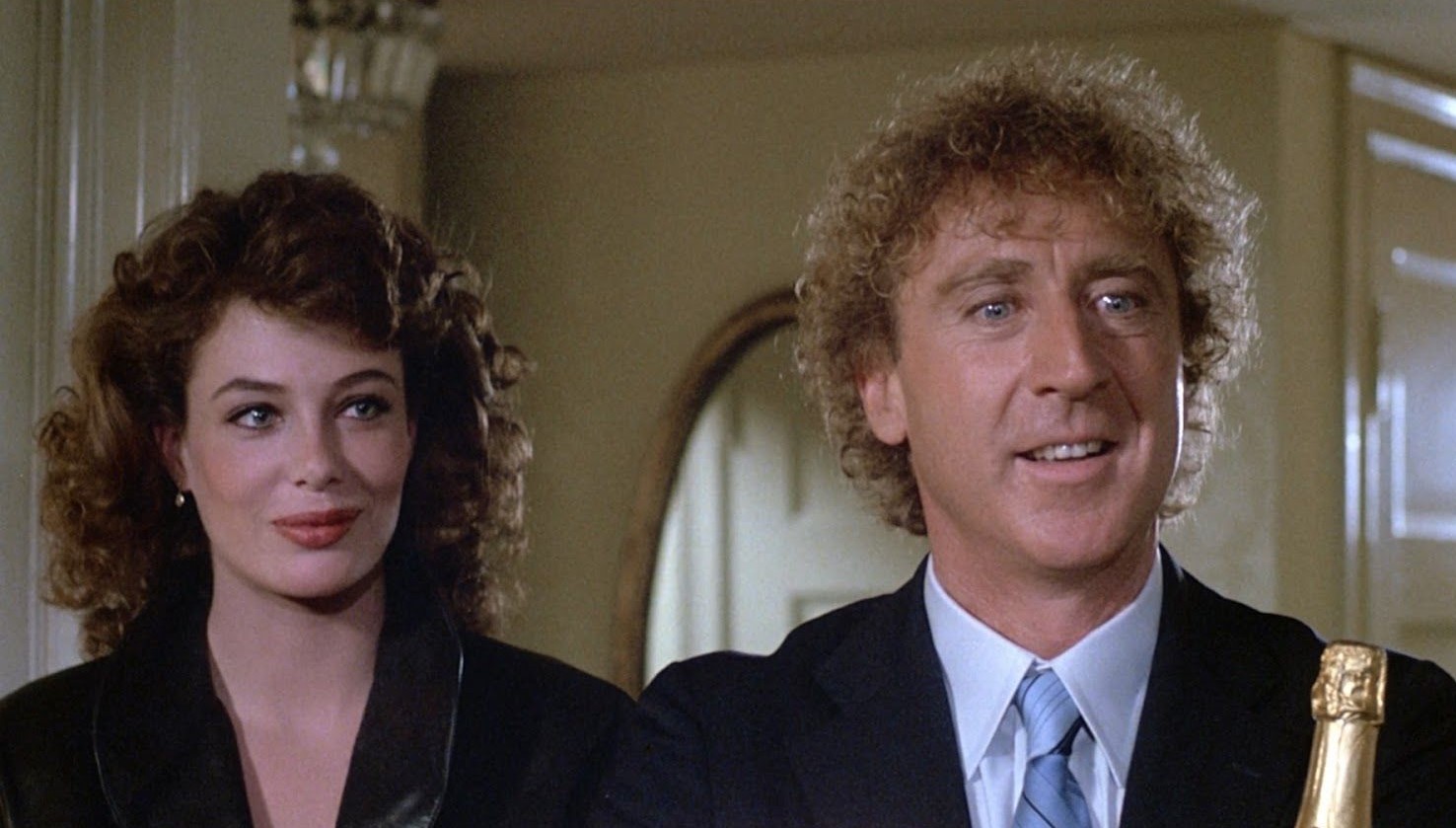
Though Gene Wilder made a name for himself primarily for his work as an actor, his directing career wasn’t all that shabby either, though it is much lesser known: primarily during the 1970s and the 1980s, he made a handful of films that he directed, wrote and starred in. Some of them not too good, but a few quite enjoyable. Our pick for the list is the amazingly hilarious The Woman in Red.
A remake of sort of the 1976 Pardon Mon Affaire (also known by the original title, An Elephant Can Be Extremely Decieving), it deals with the struggles of a married man attracted to a woman that does not happen to be his beloved wife.
It opened in the summer of 1984, and was immediately panned by the critics. The financial success wasn’t bad, but it was not enough of a success to cover the horrid words used to describe the picture, and frequent accusations of mysogny and oversimplification by the press, targeted at Wilder, the director, writer and star of the film.
Today, it is largely considered a worthless entry in the long and fruitful career of this outstanding actor, overshadowed by the greats such as Willy Wonka & The Chocolate Factory, See No Evil, Hear No Evil,…
4. True Stories (1986) – dir. David Bryne
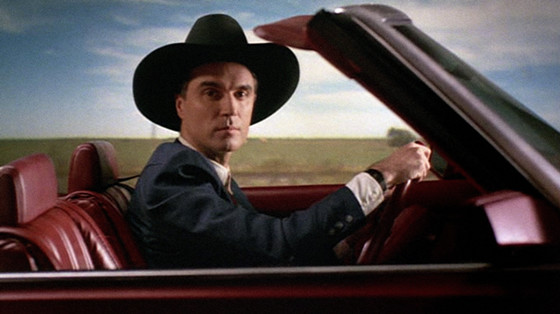
With just a tiny pinch of documentary and a whole lot of absurd, this picture, starring the singer of the famous rock band Talking Heads, David Bryne, who also directed the whole thing, is a mesmerizing experience, with sympathetic, everyday people in not so everyday situations.
It offers an unforgettably unusual outlook on the lives of the people of the American South. With Bryne as our all-present narrator, it, despite the decent number of otherworldly events, also manages to make us ponder at the mundane .
3. Santa Sangre (1989) – dir. Alejandro Jodorowsky
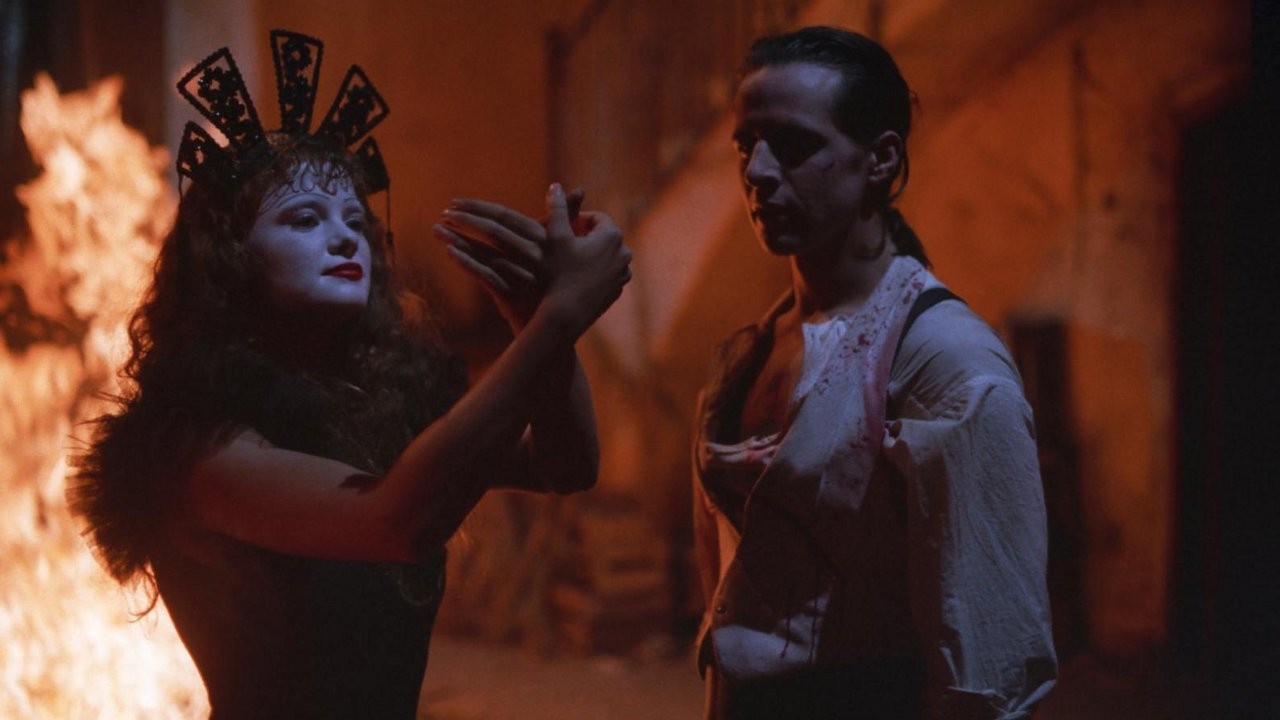
Alejandro Jodorowsky is a man of many talents and interests: he, among other things, dabbled in cinema, literature, theatre and fine arts. His filmmaking resume consists of about a dozen feature films, give or take, but he is mostly revered for two made in the 1970s: El Topo/The Mole (1970) and The Holy Mountain/La Montana Sagrada (1973), with most agreeing on the latter being his magnum opus. In all honesty, it most likely is. That doesn’t mean, however, that you should miss out on this thrilling watch.
Though known for making unsettling works, most of Jodorowsky’s films cannot be classified as horror. Santa Sangre, though, comes pretty close. It would, no doubt, be unfair to stick a single genre label to it, but elements of horror are notable throughout.
2. On the Silver Globe (1988) – dir. Andrzej Zulawski
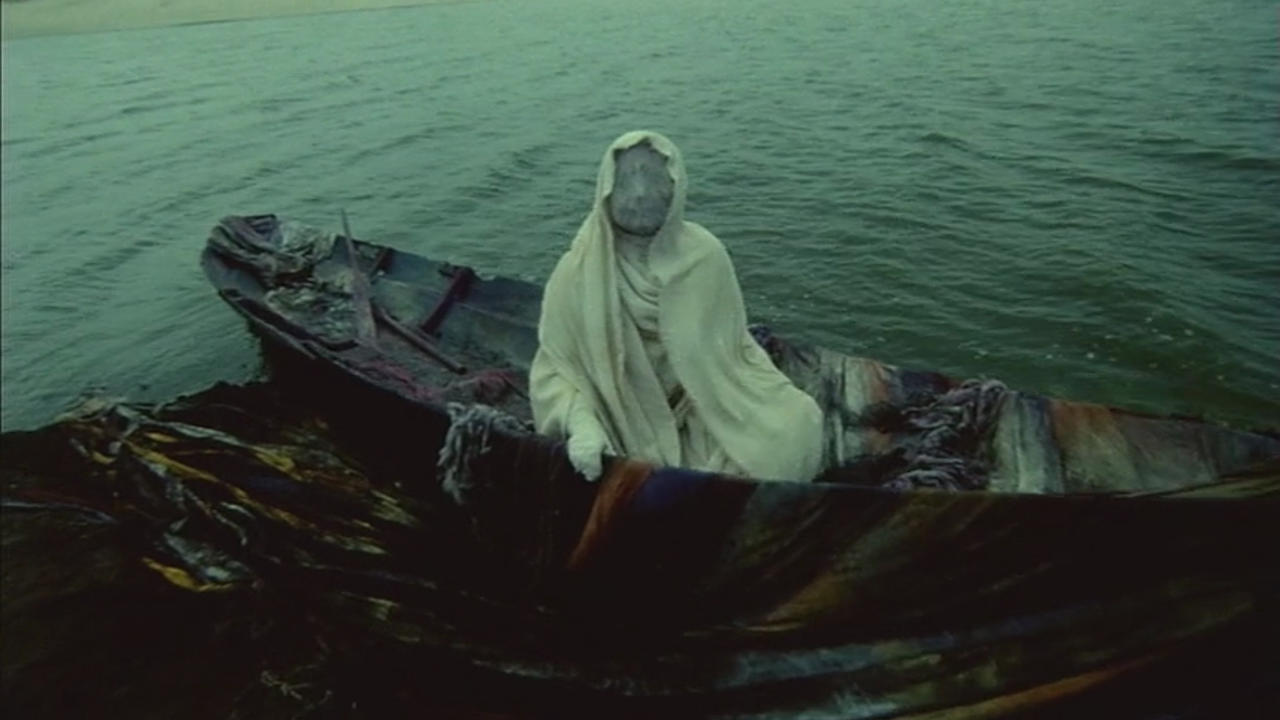
To be a border-pushing fellow at the time of the Communist reign in Poland took quite a bit of bravery, and Andrzej Zulawski was ready for the struggle: despite the constant pressure and censorship from the authorities, he continued making head-spinning, gut-wrenching pictures that shocked the viewer and critized, directly or indirectly, the state of affairs in the country.
His most famous achievement to day, and the only one that can be considered remotely mainstream, is 1981 Possession, a chilling and fresh tale of terror that is considered one of the finest horror movies ever. On the Silver Globe ensued a few years later and, while it’s not as grim as its better known predeccesor, it is still a unique vision of life that only a mind such as Zulawski could have brought us.
The warm reception it got upon its release was mostly limited to Poland, and a few curious European reviewers. The film unfortunately failed to garner much attention beyond that and, along with all the other works of Zulawski, is forgotten in favor of Possession.
1. Kin-dza-dza (1986) – dir. Georgiy Daneliya
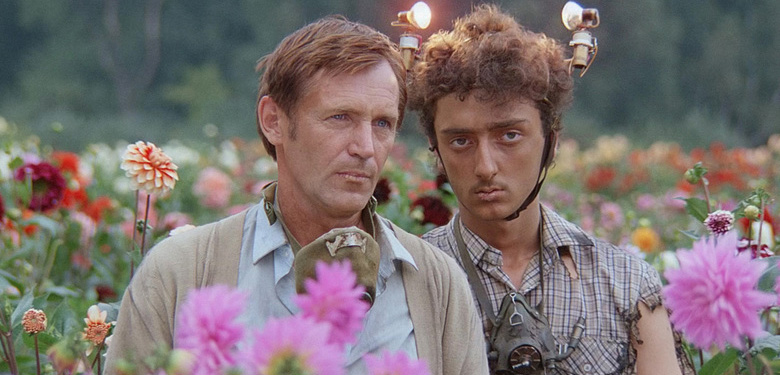
This masterpiece of Soviet cinema was the highlight of Georgiy Daneliya’s career, earning him fame and acclaim across the nation, and being one of the chief reasons for his “People’s Artist of the USSR” award in 1989.
A splendid blend of a handful of genres, it mixes comedy with science fiction, while also adding a fine touch of deep thoughts about the human condition every now and then. Its thin budget wasn’t much of an obstacle, in all honesty, and it only contributes to the wonderful feeling of silliness present throughout the picture.
However, Kin-dza-dza’s status of a widely-beloved classic was limited to the domestic audiences only. Part of the reason for that was the fact that it wasn’t even available to the viewers worldwide for quite some time. Once it was properly and officially subtitled in English, it did get a little clout, but it still remained fairly obscure to the masses.
The truly misfortunate set of happenings regarding its release to the West was the main contributor: the first official version in English saw the light of the day more than a decade after the film’s release, without any major marketing, so, to be honest, it’s not much of a wonder that this film can still be considered an under-the-radar one.